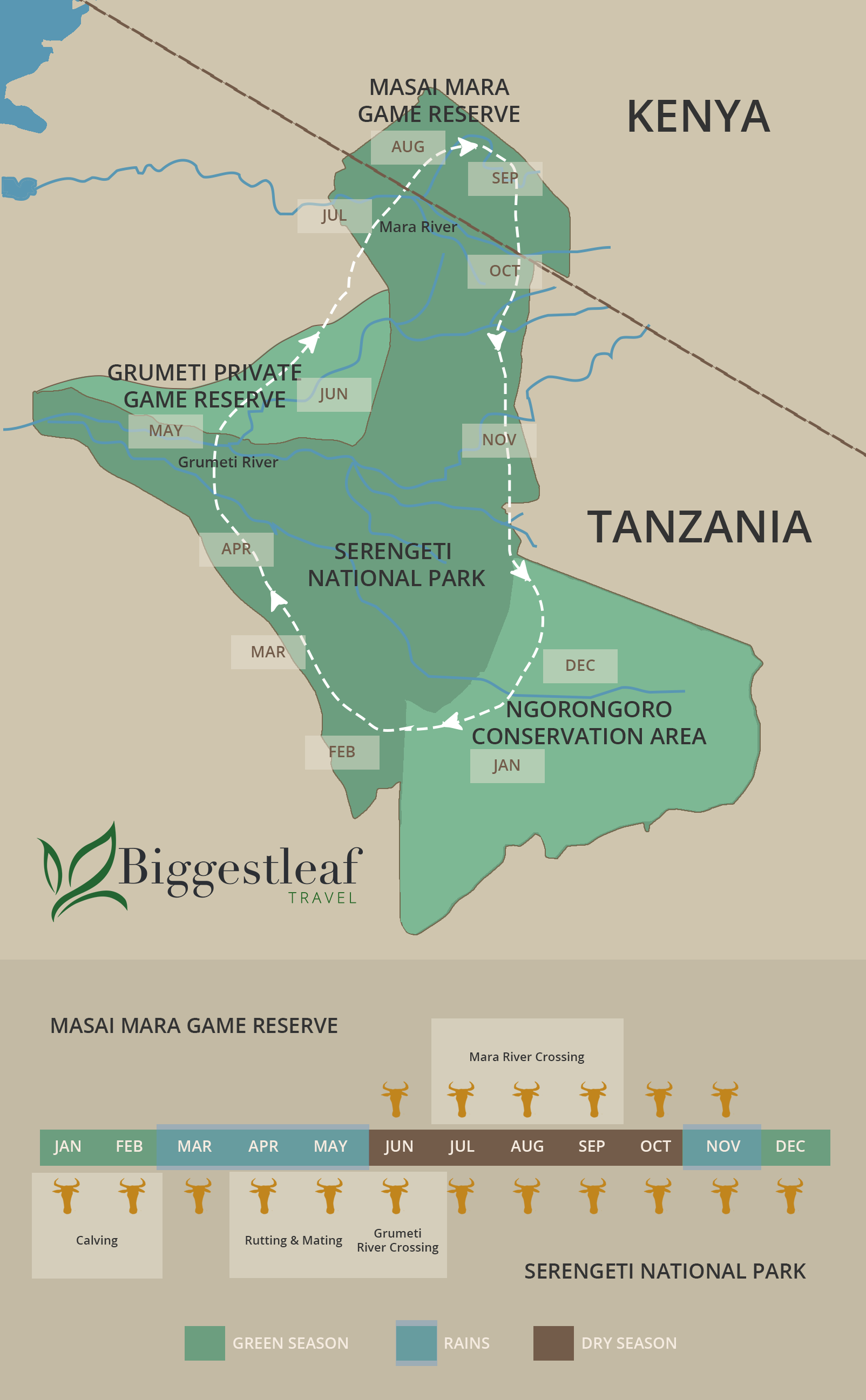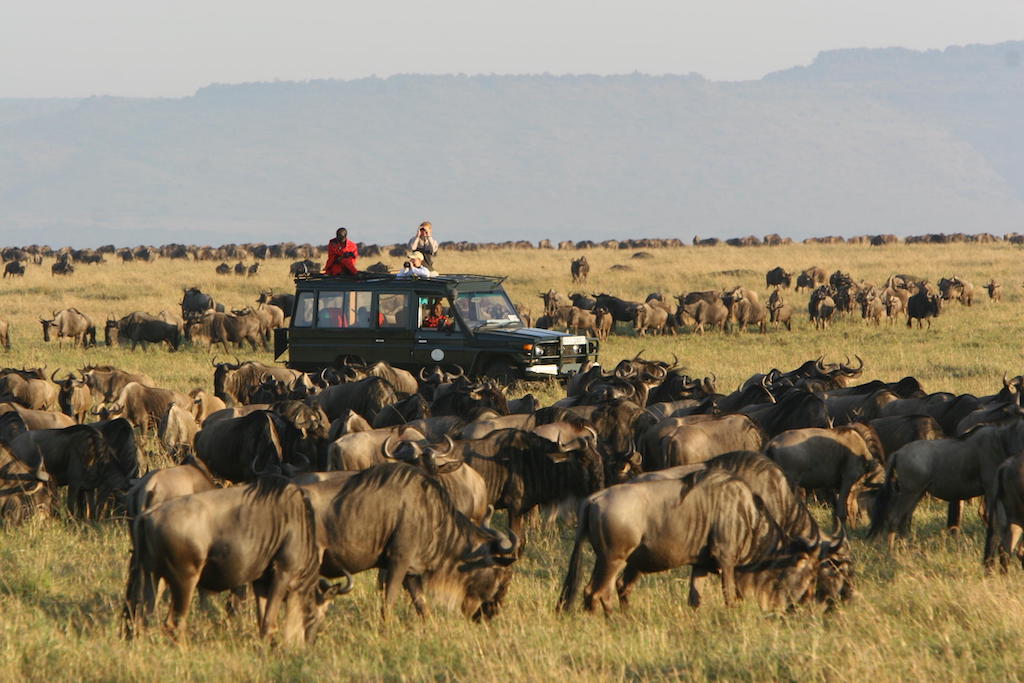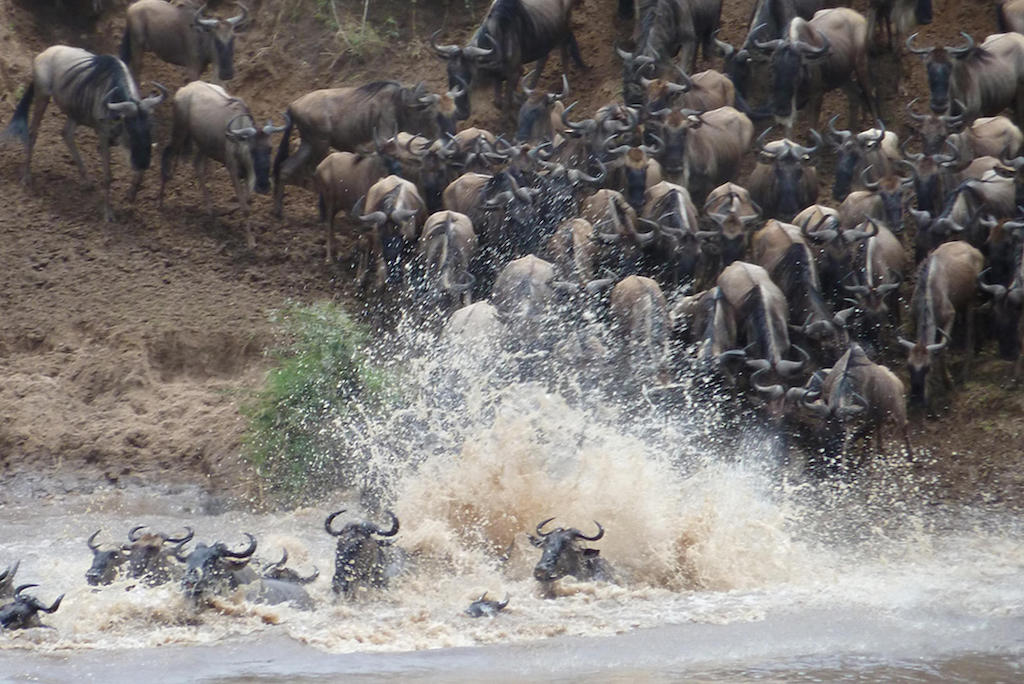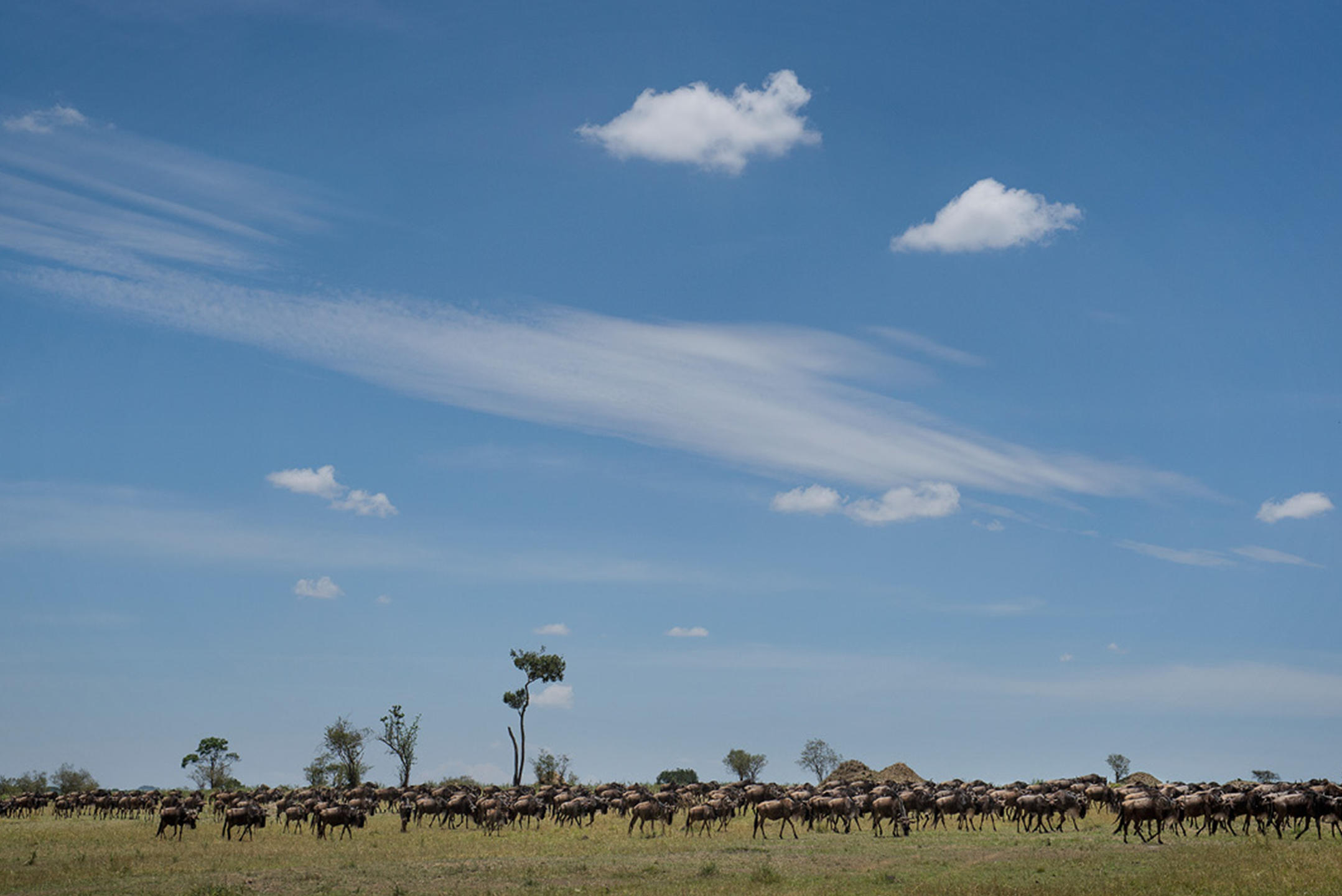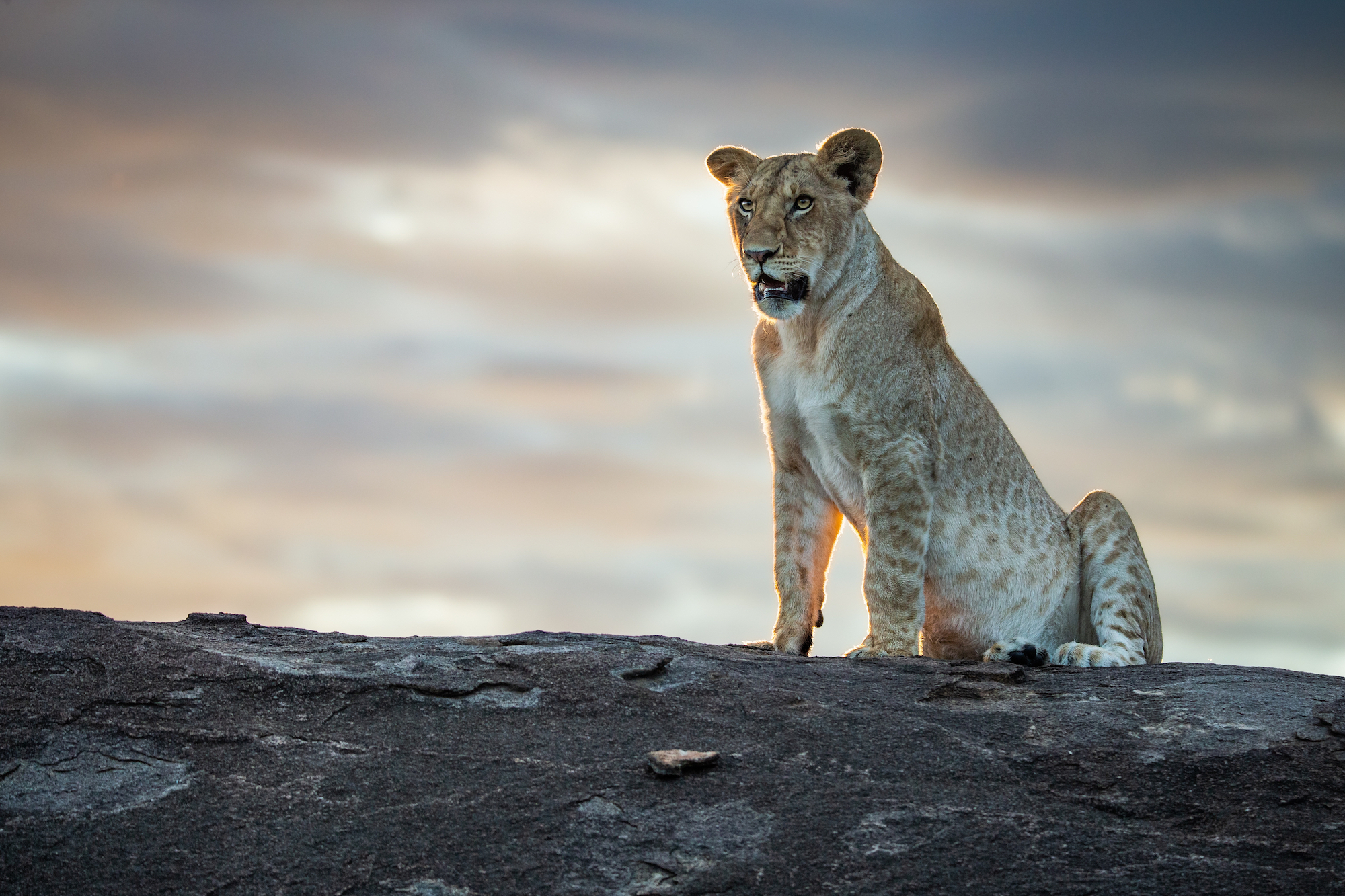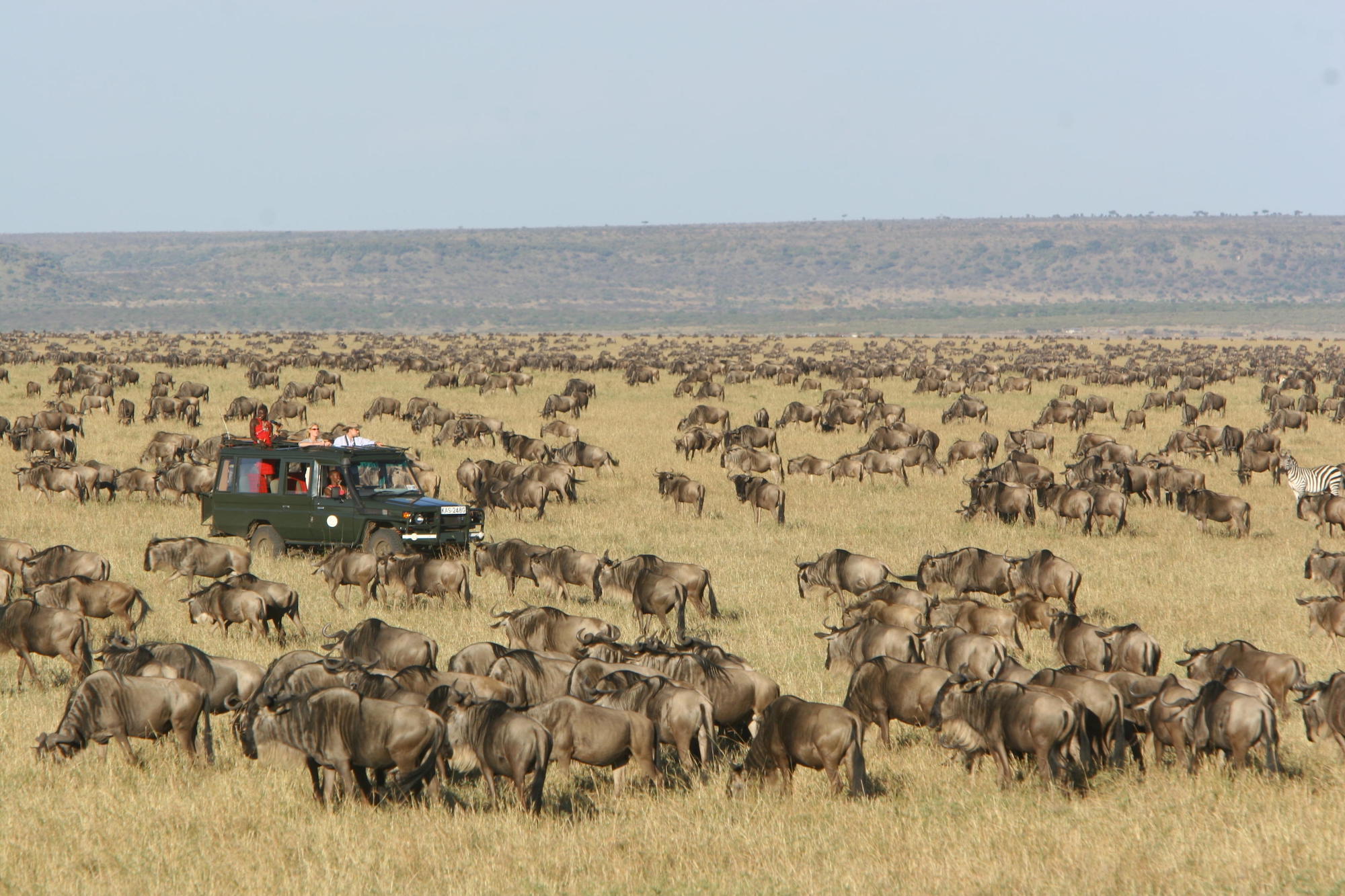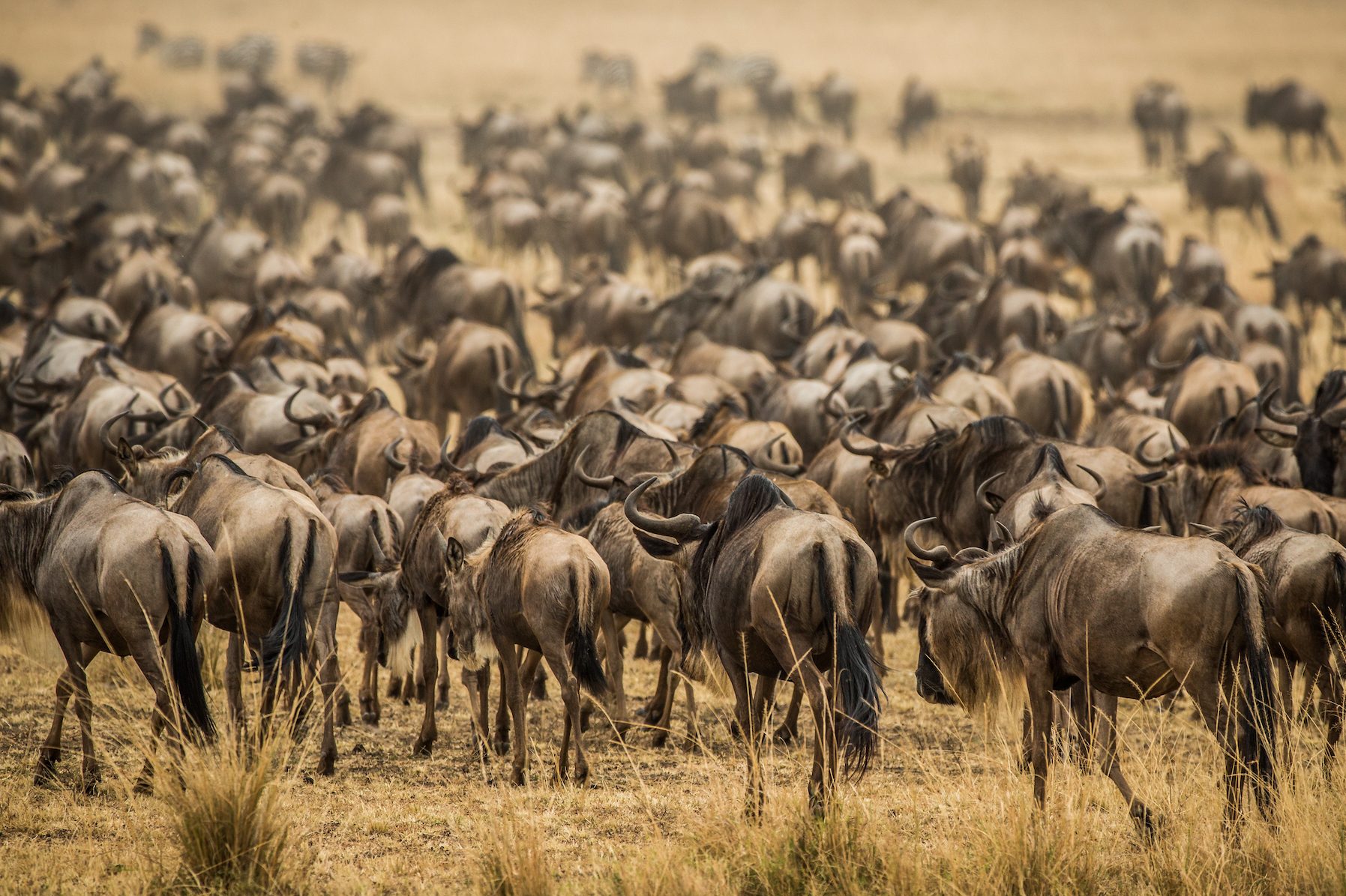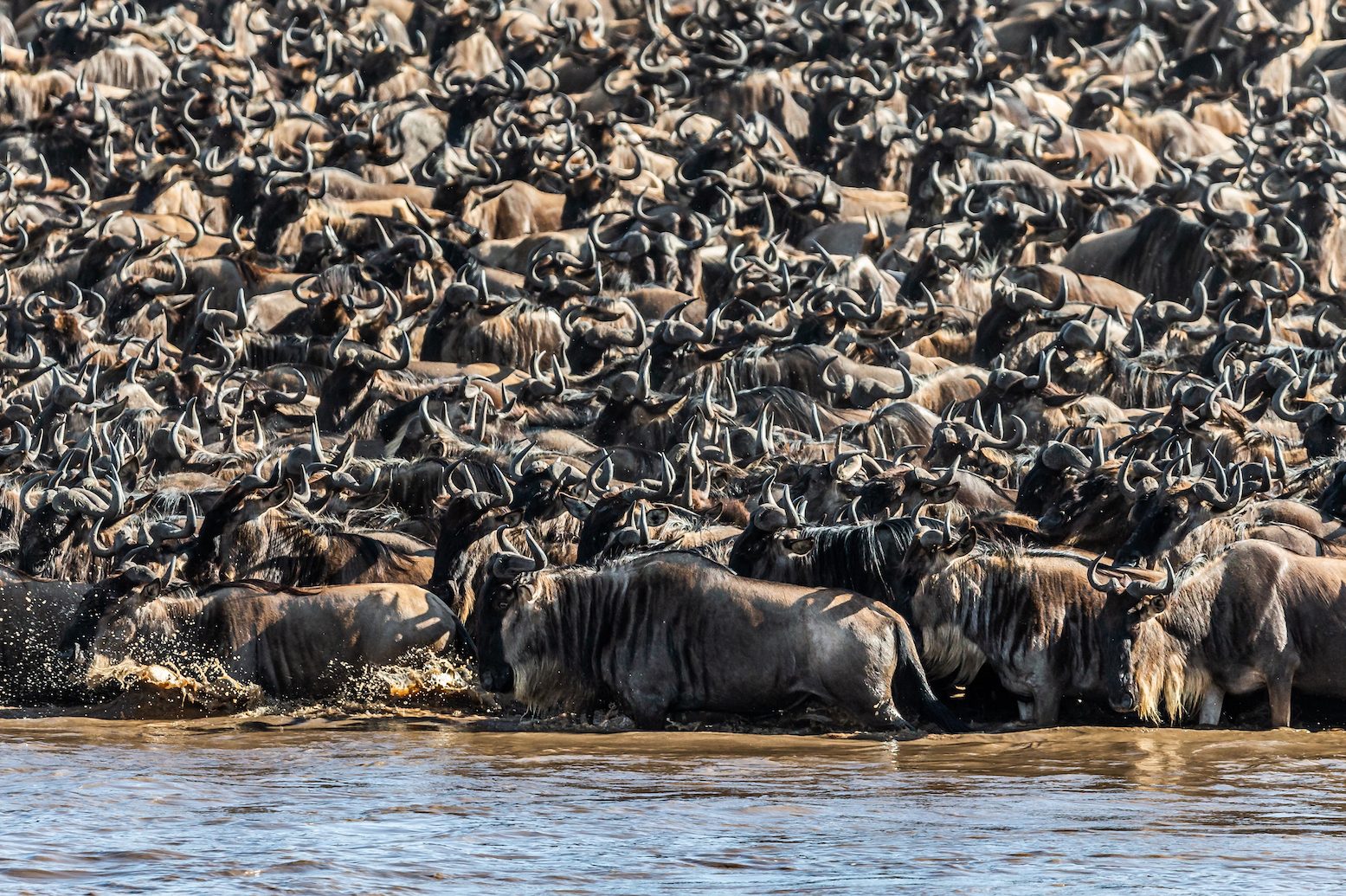

OUR MIGRATION SAFARIS
The Great Wildebeest Migration is the biggest remaining terrestrial movement of animals in the world. Imagine up to two million wildebeest – with assorted zebra and Thomson’s gazelle – following an annual circular route that starts at beginning of the year in the Southern Serengeti, reaches a crescendo mid-year with the crossing of the Mara River and end with mega-herds grazing on the fertile plains of the Masai Mara. At first glance, it seems like a simple exercise as the animals move along an ancient loop around Serengeti National Park in Tanzania and the Masai Mara National Reserve in Kenya. But, like many things, it’s a little more complicated than that!
WHY WE RECOMMEND A MIGRATION SAFARI
A LITTLE MORE ABOUT THE WILDEBEEST MIGRATION
Often called the ‘Greatest Show on Earth’, the Wildebeest Migration is a must-do for every serious safari goer. Nowhere else can you see literally millions of herbivores on the move through an ancient route that includes evading predators, wading treacherous rivers and always being deeply aware of the rain and state of grazing.
Why Are River Crossings So Popular?
River crossings are a highlight because they combine two of the most exciting parts of safari: unpredictability and the thrill of potential danger. Strong currents, huge Nile crocodiles and wily leopard all await the wildebeest, with many of the females being pregnant after the rut and mating season.
Lodges close to traditional crossing points fill up anywhere from a year to two years in advance so careful planning and early booking are crucial. Be aware that crossings can be very emotional moments: many of the animals drown, are eaten or suffer broken legs while trying to manoeuvre down or up steep and constantly eroding riverbanks. Calves may get separated from mothers and there will be bleating, bellowing and crying. It is not recommended for very young children or anyone who dislikes seeing animals in possible distress. That said, river crossings are an impressive reminder of the indomitability of wildlife and the incredible feats of nature we are lucky enough to witness in the fight for survival.
Intriguing Trivia About The Wildebeest Migration
The Route
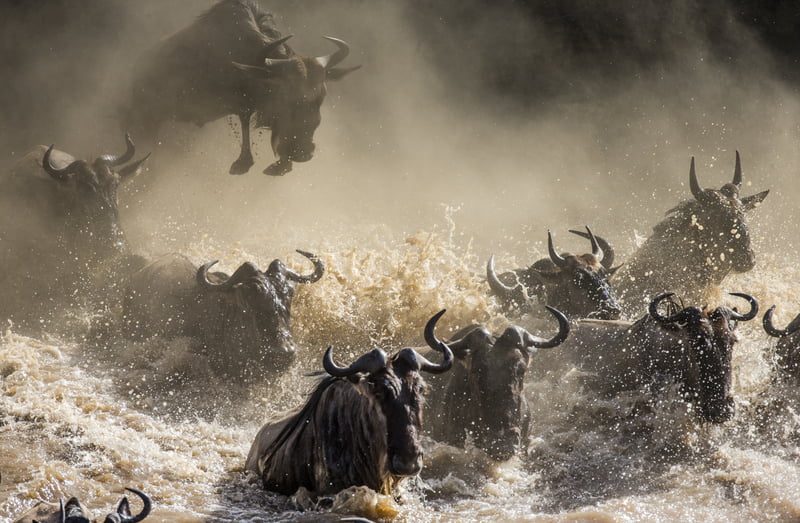
The Herds
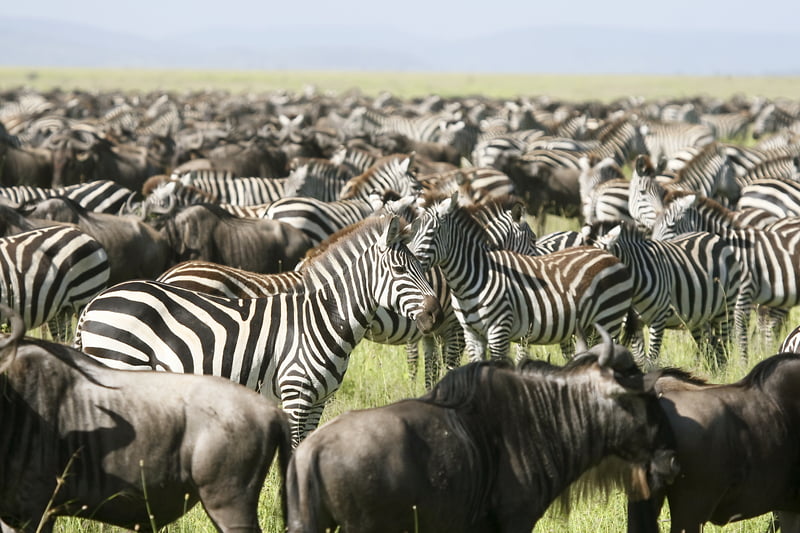
The Wildebeest
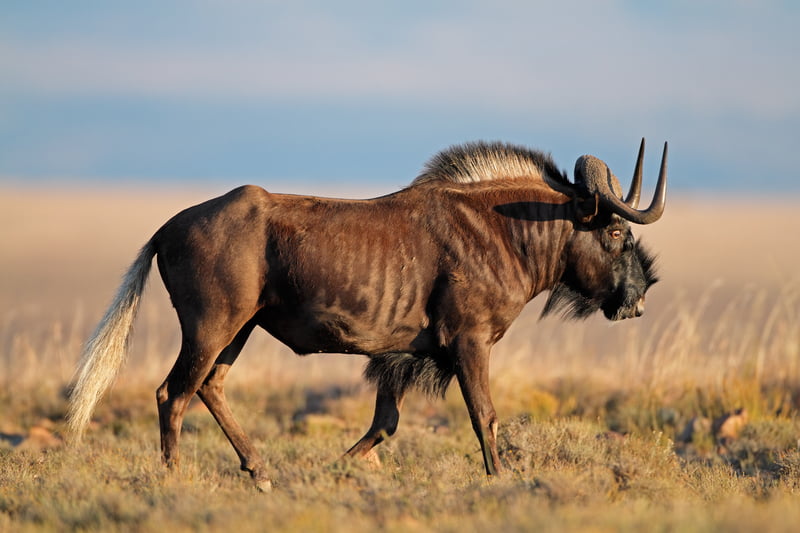
Calving
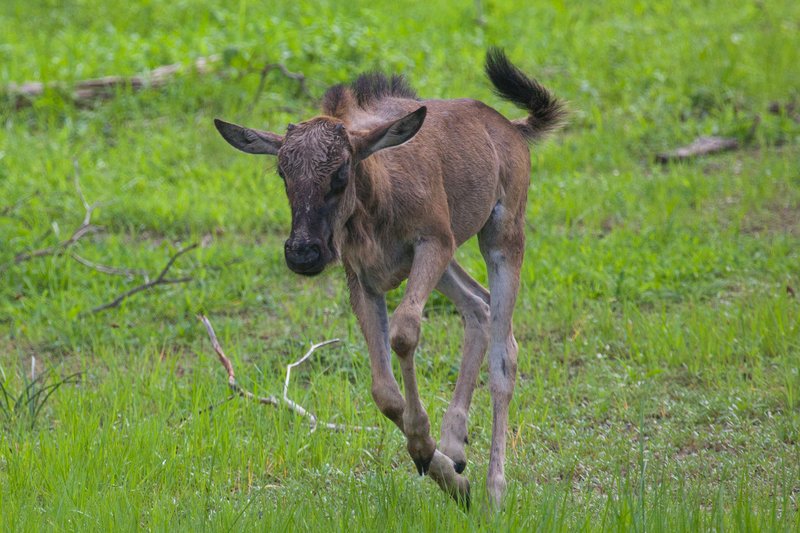
Rutting & Mating
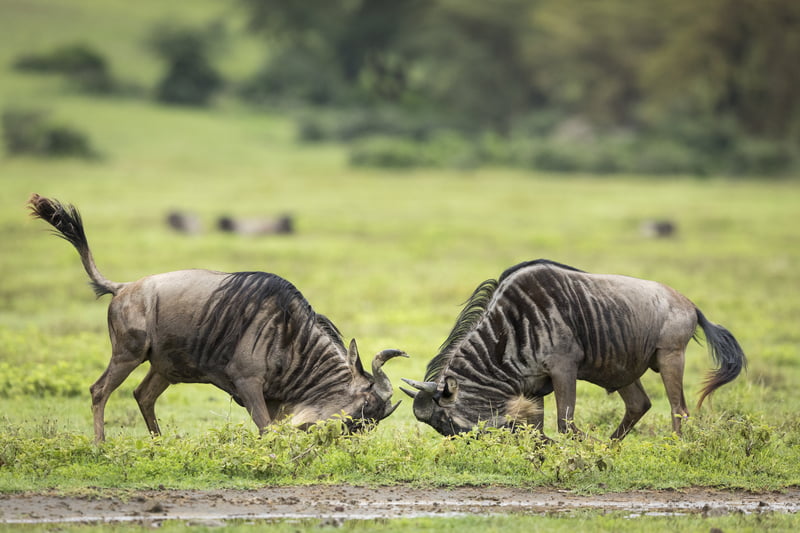
Conservation Areas
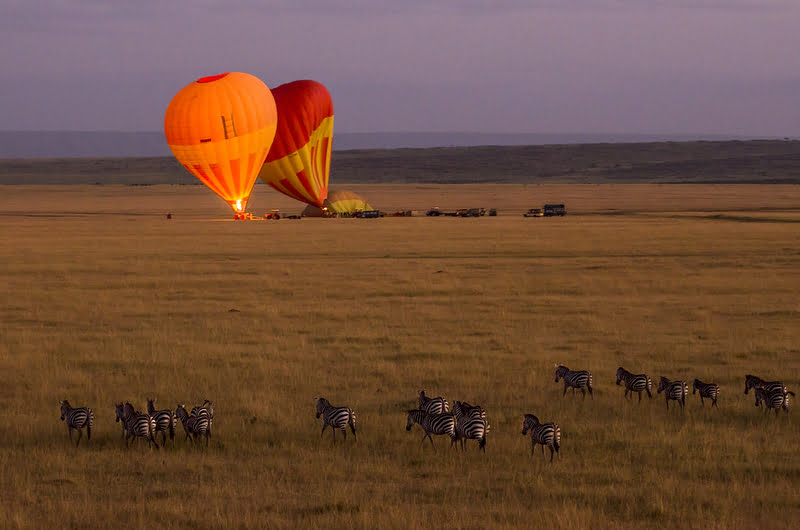
Key points to consider:
- Crossings are unpredictable. Herds can mass for days at the water’s edge and not cross or turn back to go to where they came from to go and graze.
- Try to have as many days as possible near the Grumeti or Mara Rivers to give yourself the best chance of seeing a crossing.
- Book as soon as you decide you want to go as lodges and camps fill up fast from July to September.
- The timetable isn’t set in stone. Advance herds can come through in June and stragglers can still be crossing by October.
- The Migration is fuelled by rain, which fuels the grazing. The plains game are always following fresh grass and may be ‘early’ or ‘late’ depending on the rain.
- The Migration is always happening. Although river crossings are considered the high point, quieter times of the year allow you to appreciate herds as they give birth, rut and mate. If you are on a budget, don’t overlook a Green Season Migration safari especially if you are a keen photographer. Calving season often produces high-octane kills as predators – especially cheetah – take advantage of wobbly calves.
- Consider building in a balloon safari, no matter what time of year you go. There is nothing like soaring above the Serengeti or Mara to get a true sense of the scale of the herds or the beauty of the landscape. Our consultants can easily arrange
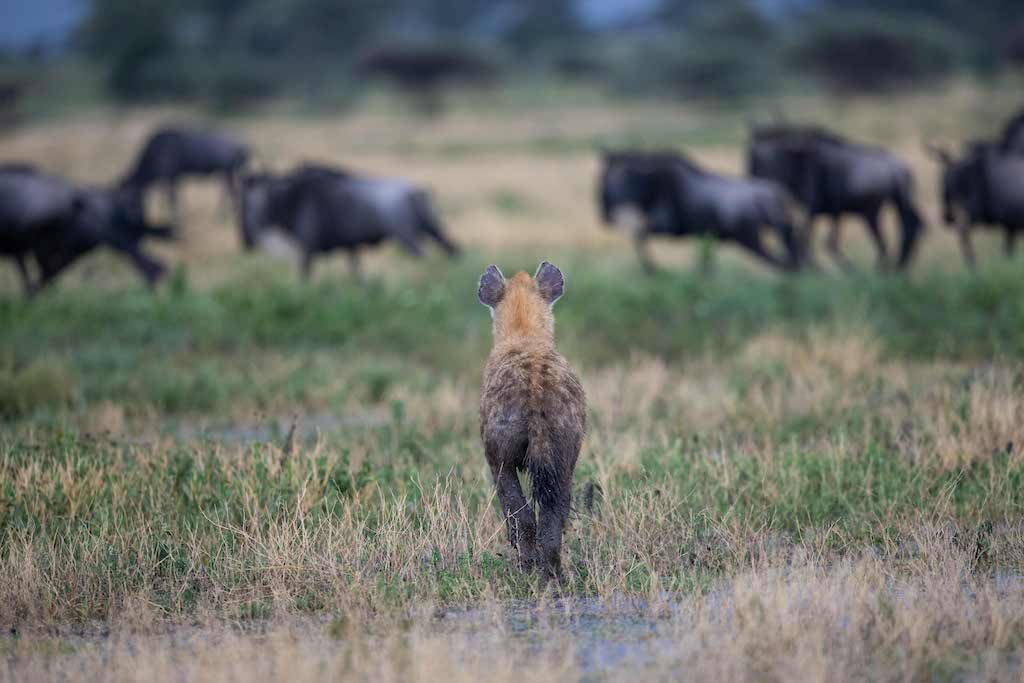
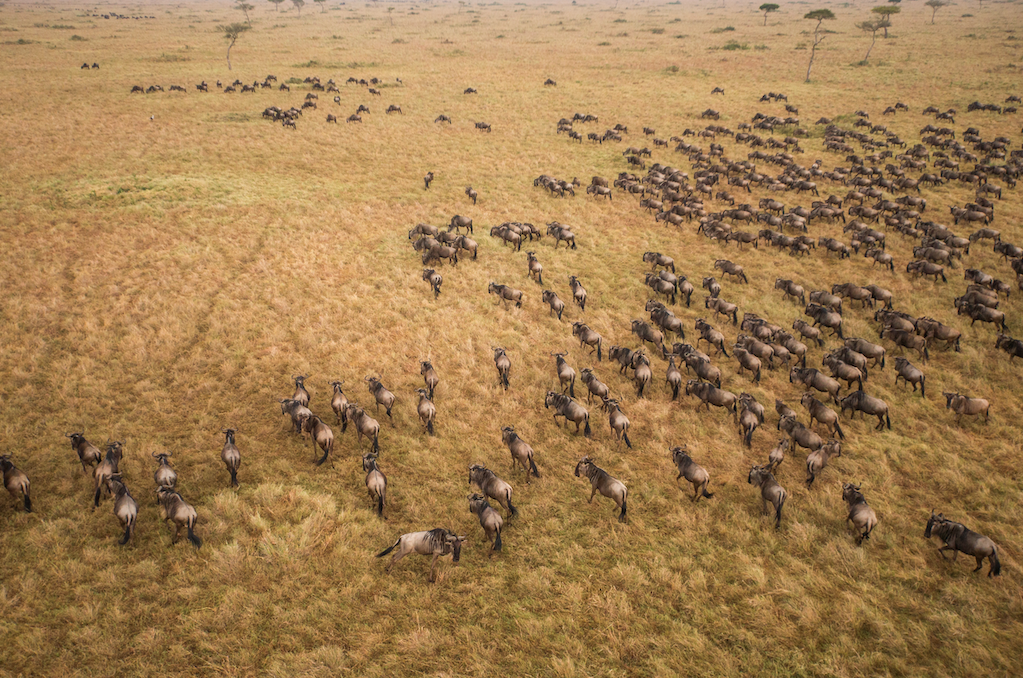
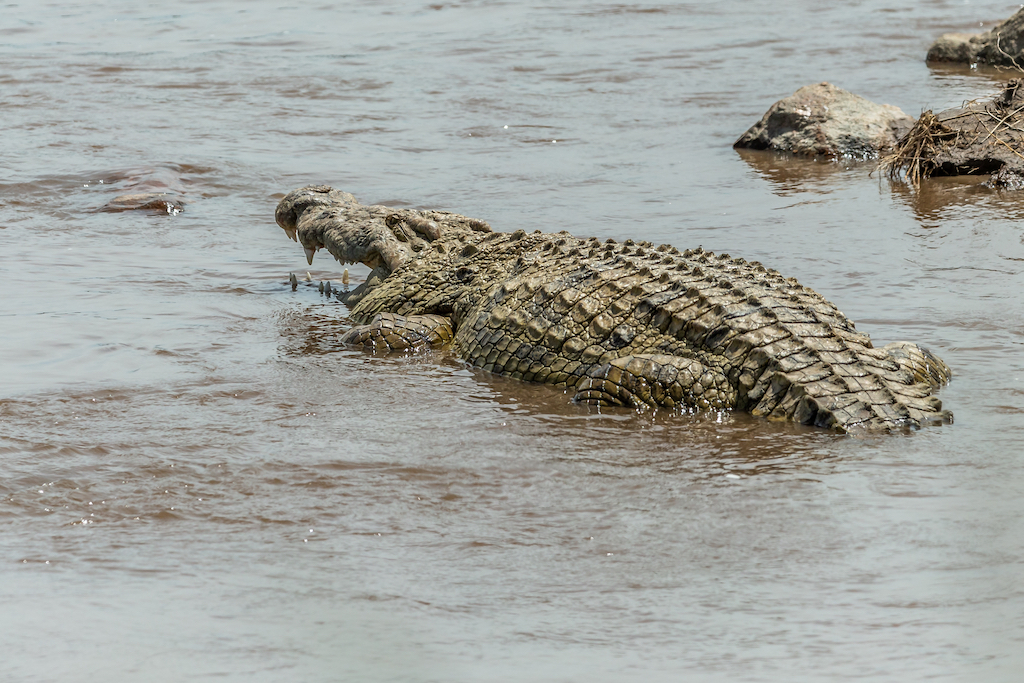
ITINERARIES TO INSPIRE YOU
Here are our favourite Migration Itineraries to inspire you. All of our itineraries can be tailored to meet your specific requirements.
Mara Migration
Masai Mara | Olare Motorogi
DURATION: 6 NIGHTS
Follow the Herds
Nairobi | Masai Mara | Olare Motorogi
DURATION: 6 NIGHTS
Northern Tanzania Highlights
Arusha | Tarangire | Ngorongoro Crater | Serengeti
DURATION: 11 NIGHTS
WHY BOOK WITH BIGGESTLEAF TRAVEL


